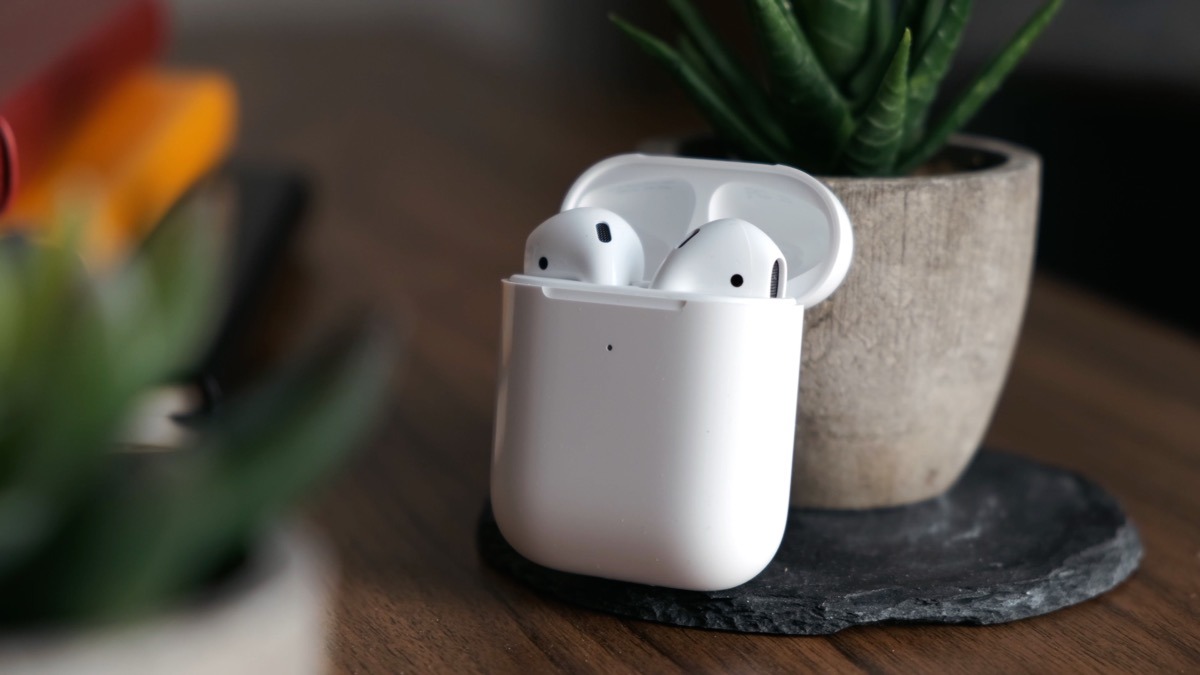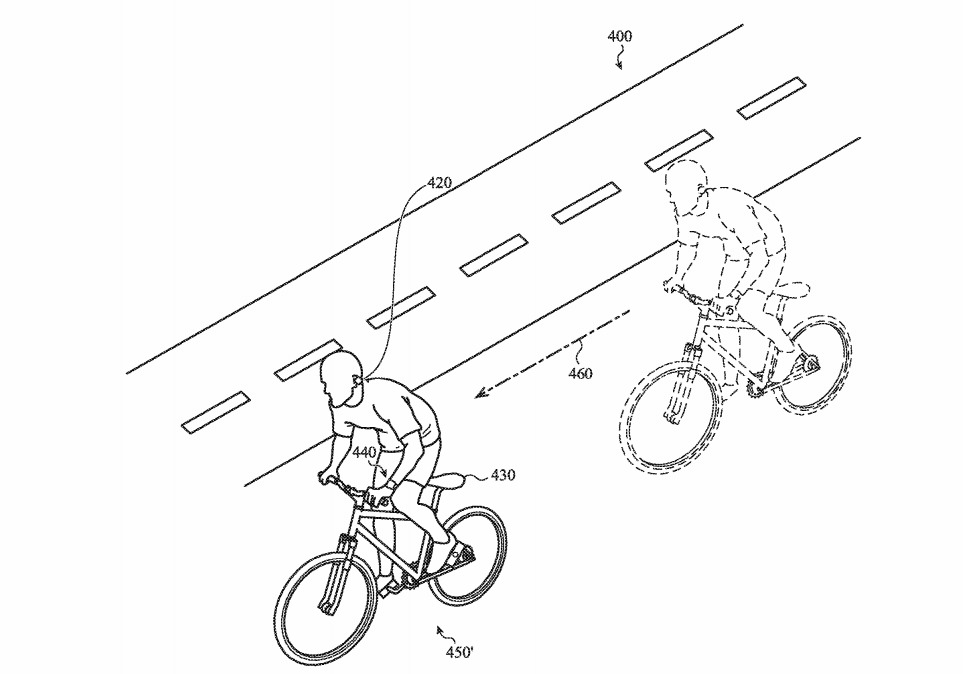Apple's AirPods could automatically adjust its audio to make the wearer more aware of their surroundings and any potential dangers in the future, with Apple considering how its personal audio accessories to function in safer ways in situations such as cycling on a busy road.
Headphones and earphones like the AirPods and AirPods Pro offer a stylish and practical way to listen to music and podcasts while on the move. However, personal audio devices can be a risk to a person's safety when used inappropriately, as it effectively prevents the user from being able to hear things in their environment that could potentially harm them.
Apple has attempted to address this with the Transparency mode of its AirPods Pro's ANC system, but it still relies on the user turning it on in the first place to be effective.
In a patent granted by the US Patent and Trademark Office on Tuesday titled "Contextual audio system," Apple proposes that a system could be put in place to adjust the audio playback of music or media in response to positional audio.
Apple proposes a system where the position of the earbuds are used to adjust the audio output, using the detection of whether one earbud is partially inserted into an ear, both are, or neither are in use. In adjusting the audio where one is detected to be in use, the audio can be altered in each specific earbud to match what the system believes is required.
These adjustments can include both lowering the audio output of an earbud and cutting audio altogether.
Apple already performs automatic ear detection in its AirPods, adjusting and pausing playback based on how a user puts on or removes each earbud. This means the initial claims of the patent are effectively already in use by Apple, though later ones currently are not.
Later claims add in the suggestion of configuring the audio based on what the user may be doing, as well as the location of the user themselves. For example, detecting the use of a cycling application and the location of the user being on a road, the system may adjust the audio to enable more environmental sounds to be heard.
This could also be applied to external sensing devices, such as an Apple Watch or, as the patent suggests, a mat coupled with positional data on the user's balance, weight distribution, or posture during an exercise routine like yoga.
Apple further proposes the location data could be classified as areas where a person should be alert, such as on a road, and then using that context, adjust the audio automatically. The motion of a sensing device, again like an Apple Watch, could also offer more contextual clues about the need to be alert.
For example, a user may be detected as moving along a road, but if the motion of an Apple Watch doesn't line up to cycling, running, or driving, while the person moves along quickly, it's possible they are a passenger in a vehicle, and so do not necessarily need to be fully alert to the environment.
The patent lists its inventors as Kathleen A. Bergeron and Jay K. Blahnik, and was filed on March 21, 2019.
Apple files numerous patent applications on a weekly basis, but while the existence of a patent indicates areas of interest for Apple's research and development efforts, they do not guarantee the existence of a future product or service using the described concepts.
The patent is the latest attempt by Apple to try and improve the already well-researched field of personal audio. These have included using bone conduction for improved audio, the use of touch gesture controls, and wired cables that can magnetically detach from a host device.
The patents have also explored non-earbud applications, such as headphones that can detect whether they have been placed on the head correctly or back to front. Dual-mode headphones have also been suggested, that could be converted into an impromptu speaker.
There has also been the suggestion of a VR or AR headset having removable audio elements, enabling users to switch between the included audio and their own audio sources. This could potentially be used by Apple Glass, the company's long-rumored smart glasses that are reportedly still in development.
 Malcolm Owen
Malcolm Owen




 William Gallagher
William Gallagher
 Christine McKee
Christine McKee


 Andrew Orr
Andrew Orr


 Thomas Sibilly
Thomas Sibilly









There are no Comments Here, Yet
Be "First!" to Reply on Our Forums ->